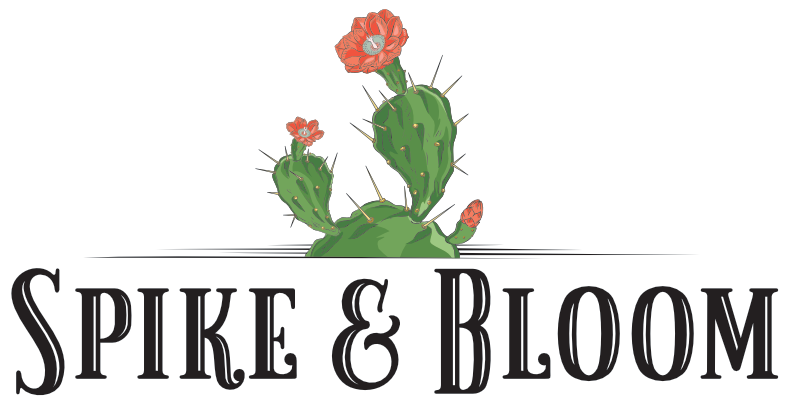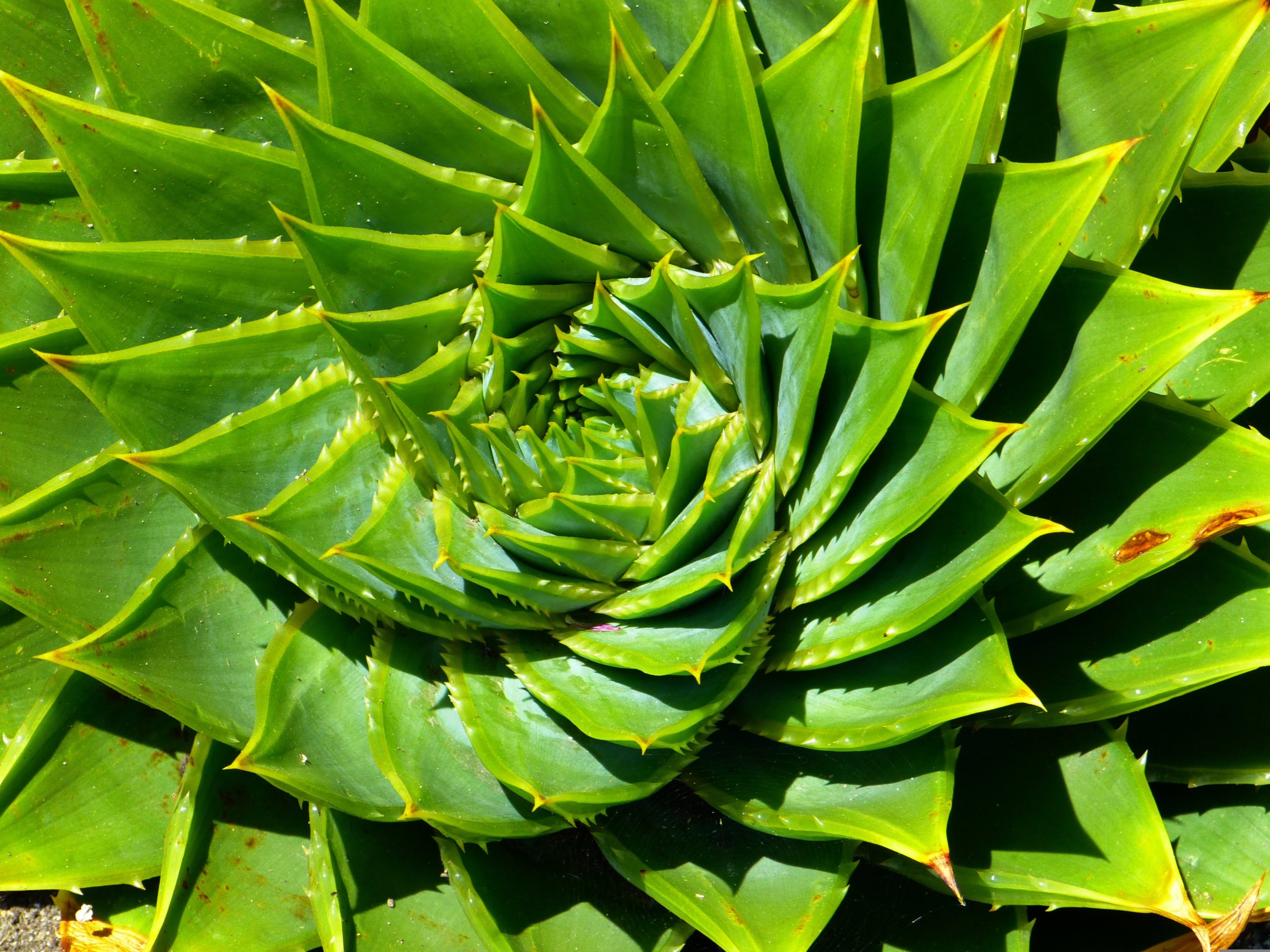Succulents with Geometric Patterns
Succulents with geometric patterns bring a special kind of beauty to your plant collection, showing off striking shapes like spirals, rosettes, and perfectly arranged leaves. These unique plants often display patterns that look almost like artwork, with their precise lines and symmetry. Some, like the spiral aloe or Adromischus cooperi (Plover Eggs Plant), stand out for their almost mathematical structure and eye-catching forms.
When you explore these succulents, you’ll notice how their natural designs make each one a living sculpture. Whether you prefer simple shapes or intricate patterns, there’s a geometric succulent for you. Their appearance and low-maintenance needs make them a favorite among both new and experienced plant owners.
What Are Succulents With Geometric Patterns?
Succulents with geometric patterns stand out because their shapes and markings follow clear mathematical or symmetrical designs. These forms often repeat, spiral, or create rosettes, giving each plant a structured and organized appearance.
Defining Geometric Patterns in Succulents
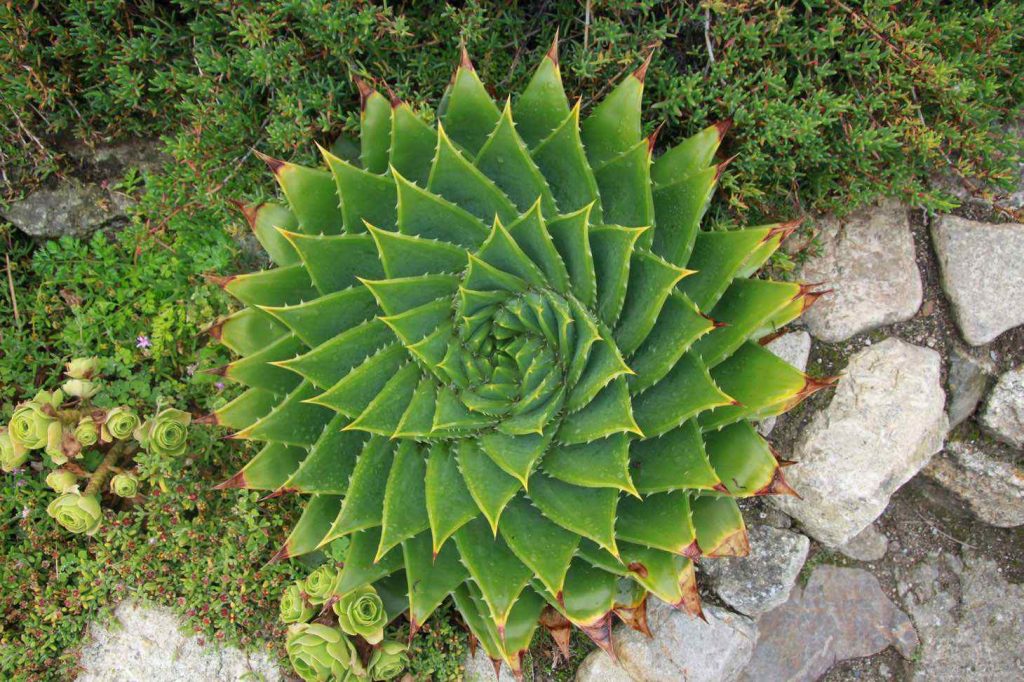
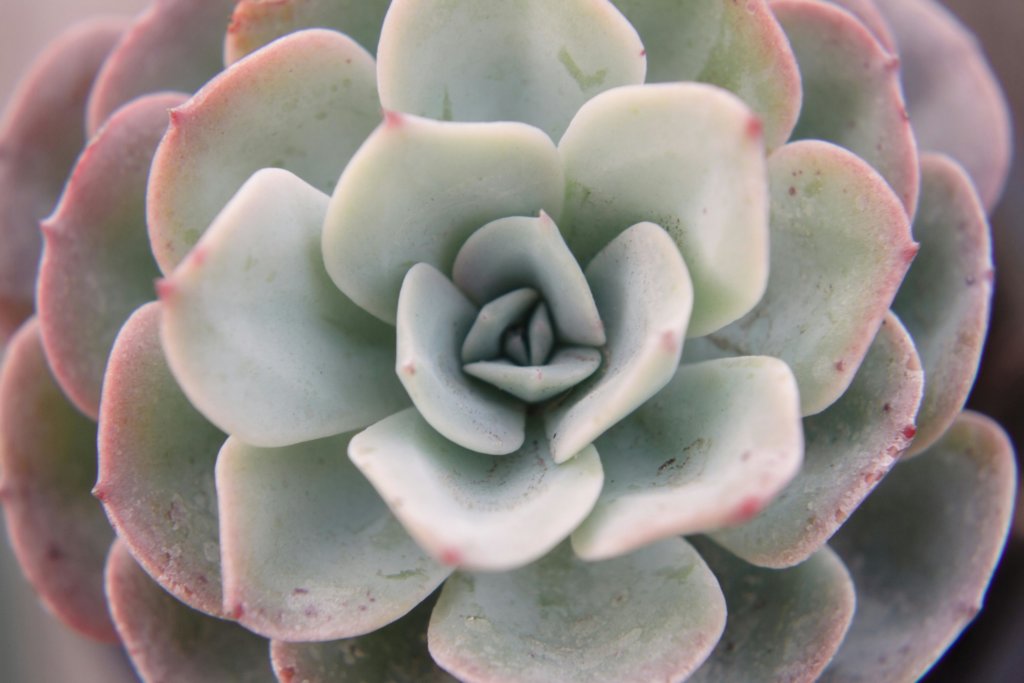
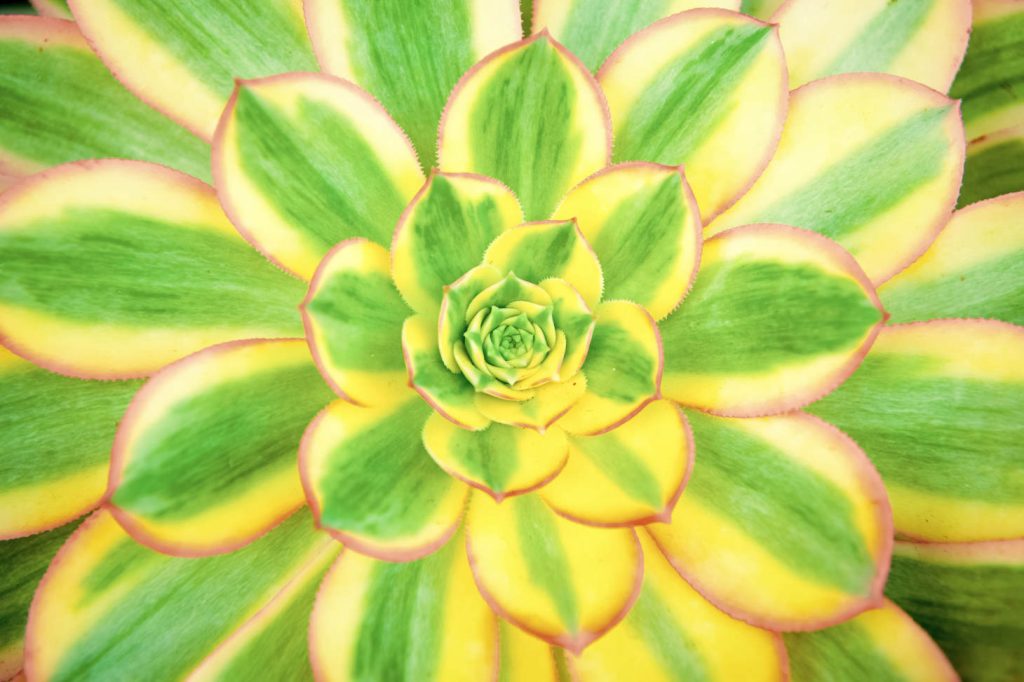
A geometric pattern is any shape or design that repeats in a consistent way. In succulents, this can show up as spirals, rosettes, triangles, or lines that create a sense of order and balance.
For example, the Spiral Aloe (Aloe polyphylla) forms a spiral with its leaves. The Haworthia species often display windows and stripes that line up in symmetrical rows.
Table: Common Geometric Patterns in Succulents
| Pattern Type | Example Succulent |
|---|---|
| Spiral | Spiral Aloe (Aloe Polyphylla) |
| Rosette | Echeveria, Aeonium, Adromischus Cooperi |
| Triangular | Some Haworthia, Gasteria |
These features are not just for looks. They help the plant use water efficiently and protect it from too much sun.
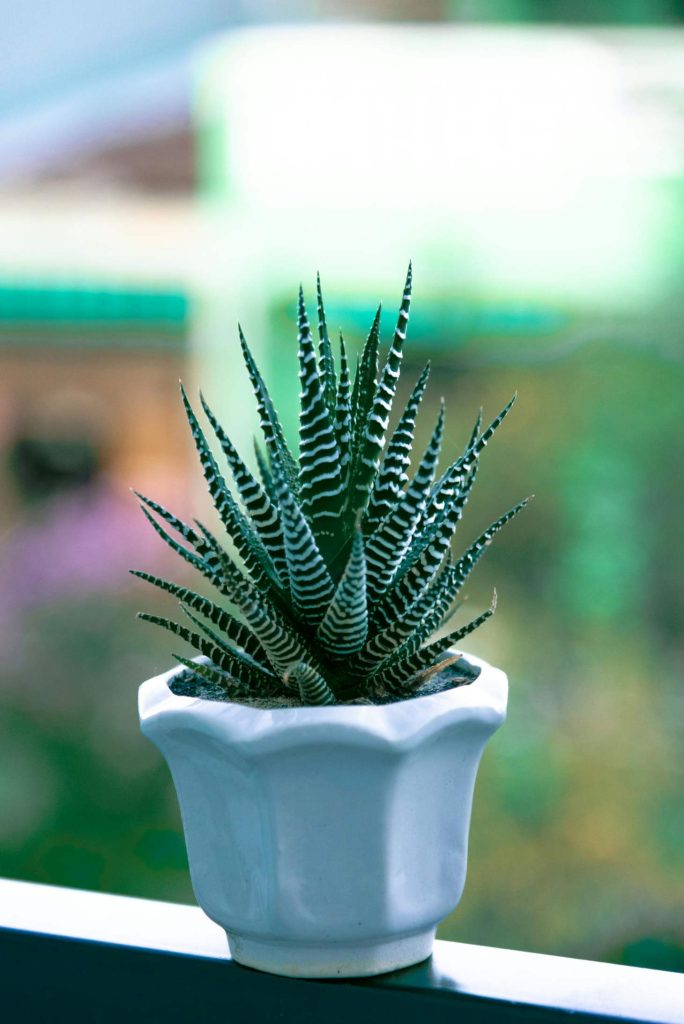
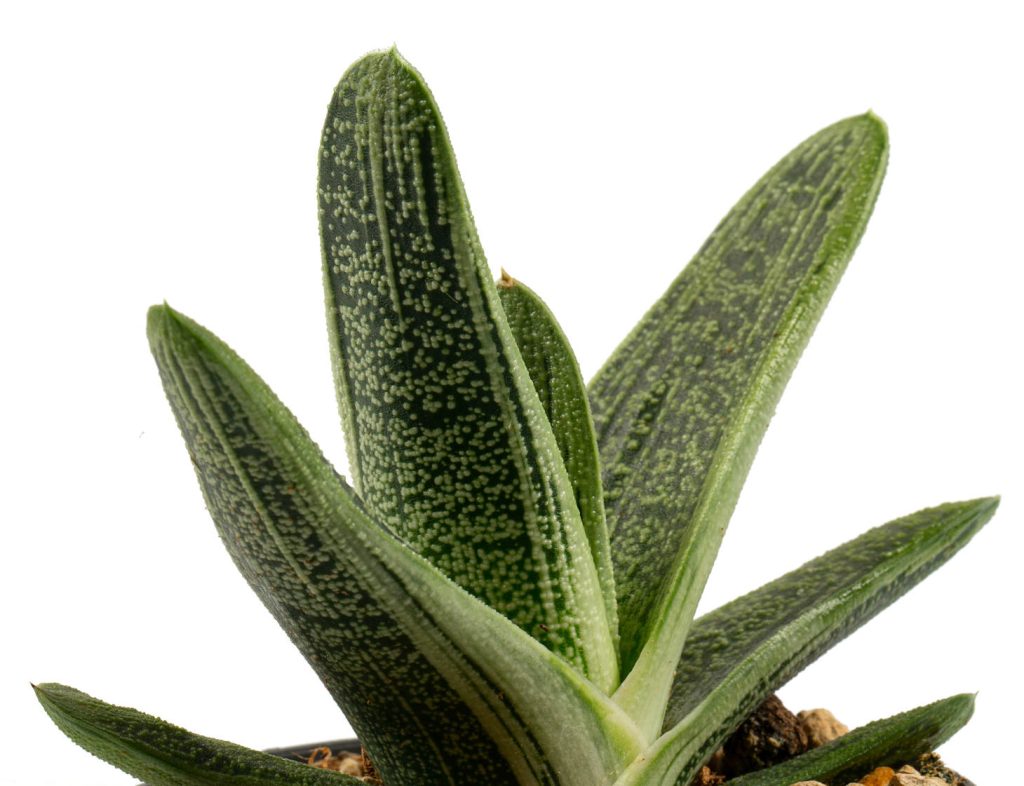
Understanding Growth Pattern and Symmetry
The growth pattern of a succulent shows how its parts, like leaves or petals, are arranged. Many unique succulents use symmetry, such as the Fibonacci sequence or radial balance, to make the most of sunlight and space.
Rosette-forming succulents, like Echeveria, have leaves that circle out from the center evenly. Spiral patterns, as seen in spiral aloe, happen because each new leaf grows at a set angle from the last one, creating a spiral.
This symmetry is not random. It ensures each leaf gets maximum sunlight while minimizing shading from other leaves. The compact nature of these rare succulents helps them store water better, making them efficient in their natural habitats.
Natural Occurrence and Evolution
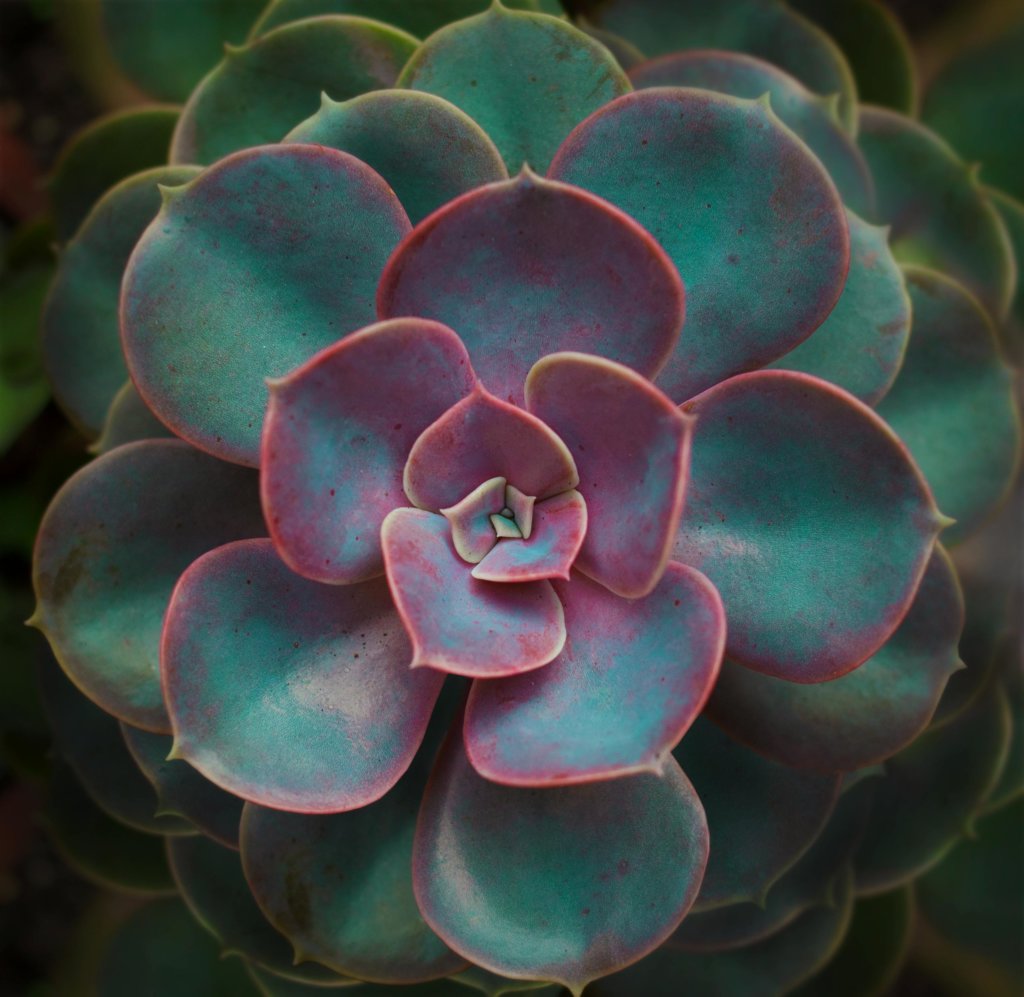
Geometric patterns in succulents have evolved as an adaptation to tough environments. Many of these rare succulents are native to areas with little water and high sunlight, like parts of South Africa or deserts. Patterns like rosettes or spirals allow for better water collection and shield the plant from harsh weather.
Over generations, these exact patterns have helped succulents survive by:
- Reducing water loss
- Directing rainfall toward roots
- Giving shade to their own leaves
- Helping them blend into rocky landscapes
The evolution of these growth patterns means that every unique succulent you see with clear symmetry is the result of thousands of years of natural selection.
Notable Succulents With Striking Geometric Designs
Plants like Aloe polyphylla, Lithops, Euphorbia obesa, and Haworthia cooperi display natural geometric patterns that are clear and easy to recognize. These succulents stand out not only for their shapes but also for how their designs help them survive in different environments.
Aloe Polyphylla and the Fibonacci Sequence
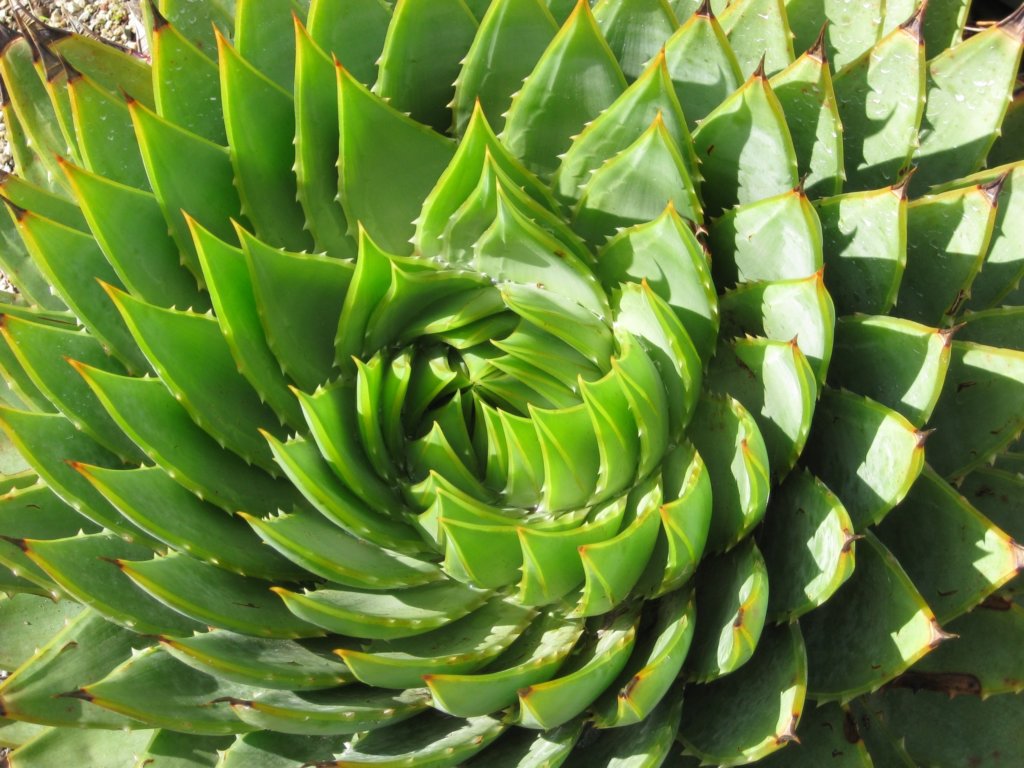
Aloe polyphylla is known as the Spiral Aloe. Its leaves grow in a perfect spiral, which many recognize as a living example of the Fibonacci sequence. These spirals typically occur in sets of 5, 8, or 13, which can wind either clockwise or counterclockwise.
This spiral pattern is not just for looks. It helps the plant maximize sunlight capture and shed rainwater away from its center. Each rosette can hold up to 150 leaves that arrange themselves tightly, creating a strong and compact shape.
Key Features:
- Native to: The Maluti Mountains of Lesotho
- Pattern: Multiple spirals following the Fibonacci sequence
- Leaf count: Up to 150 leaves
The perfect symmetry makes Aloe polyphylla a favorite among collectors, but it also requires cool, moist conditions to thrive.
Lithops and Living Stones: Nature’s Camouflage
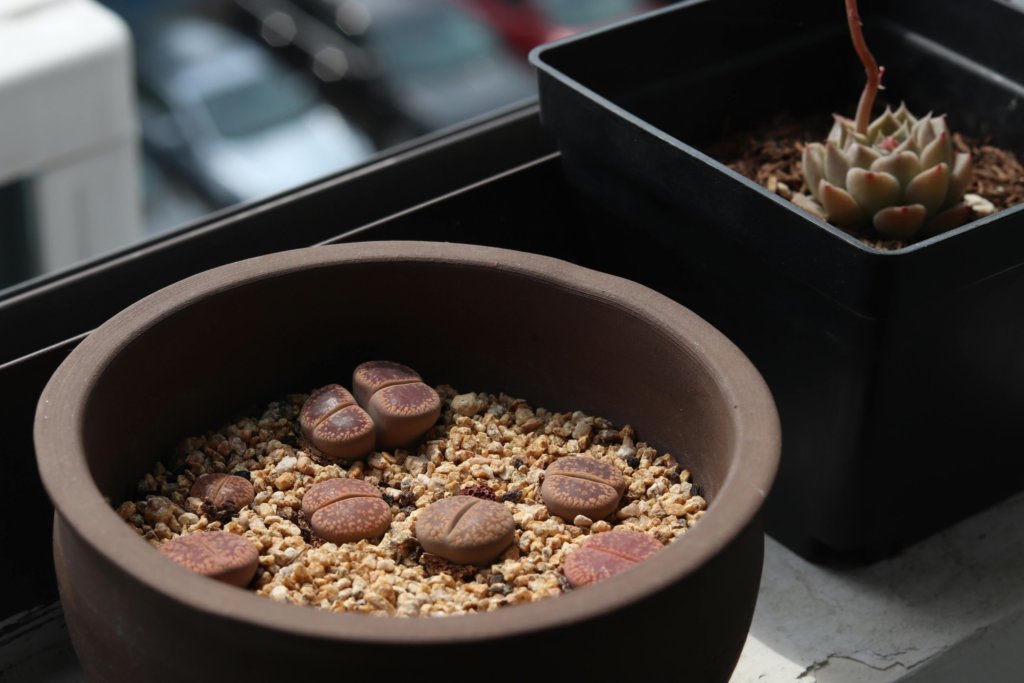
Lithops, also called living stones, are small succulents that look like pebbles or stones. This camouflage helps protect them from animals in the wild. They often grow nearly flush with the soil so they blend in almost completely.
The tops of Lithops are usually divided into two sections with a slit in the center. The leaf surface displays colorful and natural-looking patterns, including dots, lines, and swirls. These patterns mimic the rocks in their native habitat.
Unique Traits:
- Native to: Southern Africa
- Shape: Fused, paired leaves, often flat on top
- Adaptation: Stone-like camouflage (mimicry)
Their geometric appearance and low water needs make Lithops great for sunny windowsills and rock gardens.
Euphorbia Obesa: The Baseball Plant
Euphorbia obesa is often called the Baseball Plant because of its round, ball-like shape. Its surface is divided into several vertical ribs, making the shape look similar to a stitched baseball.
The plant’s pattern is very regular. Each rib is lined with tiny bumps or dots, adding texture and appeal. Its gray-green color and subtle striping add to the effect.
Quick Facts:
- Origin: South Africa
- Shape: Spherical, ribbed
- Surface: Textured with small dots
Euphorbia obesa grows slowly and stays compact, fitting well into small spaces or tabletop gardens.
Haworthia Cooperi: Translucent Clusters
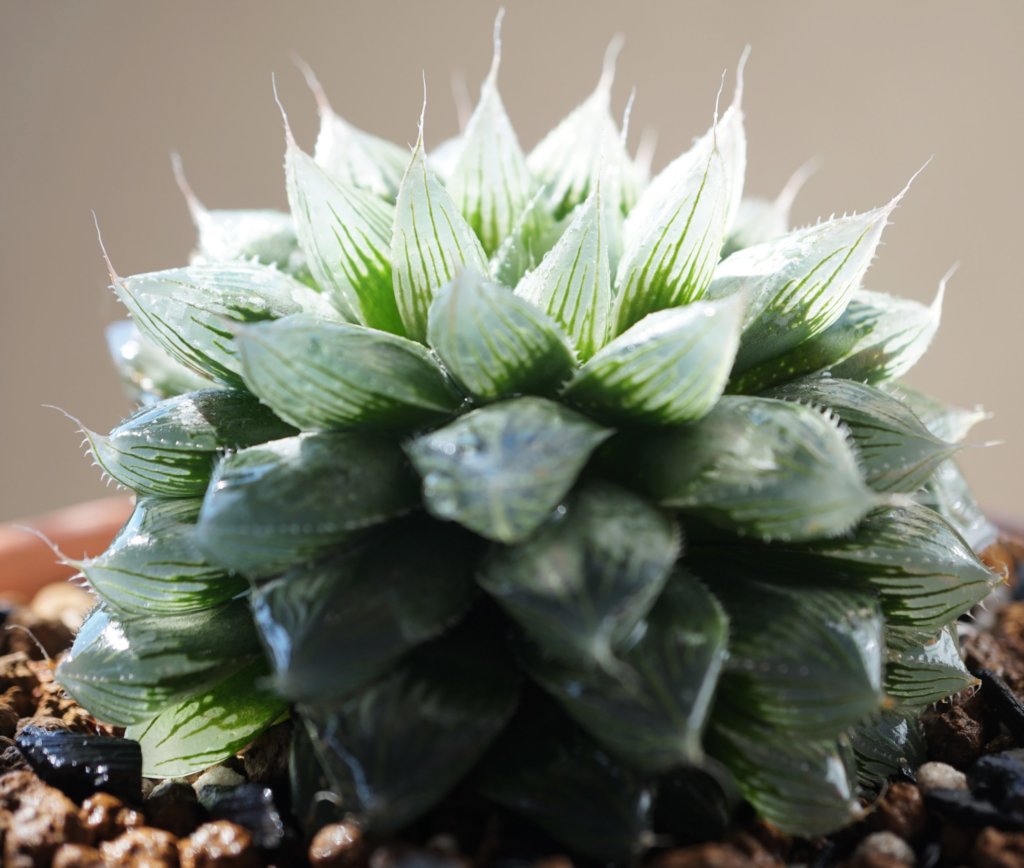
Haworthia cooperi forms small, tight clusters of rosettes. Each rosette is made up of thick, fleshy leaves that are almost transparent at the tips. This see-through look gives the clusters a shining, glass-like quality.
The leaf tips let light pass into the center, helping the plant photosynthesize even when buried deep among other succulents or rocks. The geometric rosette and clustered growth create interesting patterns for the eye.
Characteristics:
- Origin: South Africa
- Leaf trait: Translucent, rounded tips
- Growth: Compact clusters
You can use Haworthia cooperi in tiny pots or dish gardens. Its structured, see-through leaves are both beautiful and functional, helping it adapt to low-light spaces.
Rare and Unique Geometric Succulents Across the World
Some succulents stand out for their striking geometric patterns, unique leaf shapes, and rare presence in the wild. These plants display unusual leaf arrangements and growth forms that make them popular among collectors.
Dudleya and the Giant Chalk Dudleya
Dudleya is a genus of succulents native to the western parts of North America. Among them, Dudleya brittonii, also called the Giant Chalk Dudleya, is one of the most eye-catching.
The Giant Chalk Dudleya grows in coastal areas. Its leaves form a large, flat rosette that measures up to two feet across. The pale blue or silvery leaves are covered with a powdery coating, giving the plant a chalky look. This powdery layer protects the plant by reflecting sunlight and helping to reduce water loss.
Collectors value Dudleya brittonii both for its size and for the symmetry of its leaf arrangement.
Titanopsis Calcarea and Sand Dollar Cactus


Titanopsis calcarea is a small succulent from South Africa’s dry, rocky habitats. Its leaves are thick and bumpy, forming tight, textured rosettes. The tops of the leaves have small, rough, pebble-like bumps that blend into the surrounding stones.
The geometric appearance of Titanopsis calcarea is a result of the distinct rosette formation and the textured, pebble-like surface of the leaf tips. This camouflage helps protect the plant in its natural environment.
The Sand Dollar Cactus (Astrophytum asterias) is a spineless cactus from Mexico and parts of Texas. It has a round, flat shape, and its surface is covered with white dots arranged in neat lines. The plant’s top is often divided into several defined ribs, and its overall shape and pattern are the reason for its common name, as they resemble a sand dollar. This cactus is rare in the wild and protected by law in some regions.
Fenestraria Rhopalophylla: Baby Toes
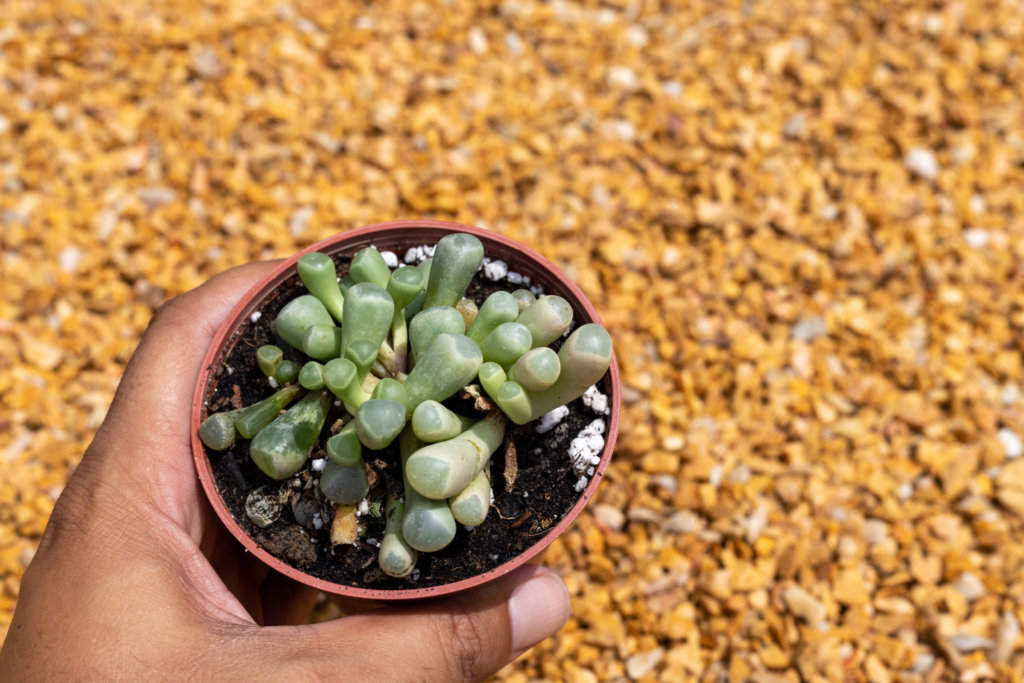
Fenestraria rhopalophylla, or Baby Toes, is a succulent from Namibia and South Africa. The plant gets its name from its short, rounded leaves that look like clusters of tiny, green toes.
Each leaf is shaped like a cylinder with a translucent window at the tip. This window allows light to pass through to the inside of the leaf, helping with photosynthesis while most of the plant remains protected underground.
The arrangement of the leaves creates a cluster with tidy, repeating forms. You will see a geometric layout when looking at Baby Toes from above, making them popular for small pots or dish gardens.
Agave victoriae-reginae: Queen Victoria Agave

Agave victoriae-reginae, known as Queen Victoria Agave, is native to the rocky slopes of northern Mexico. This agave features small, stiff, dark green leaves that form a tight rosette.
Each leaf is outlined by bright white markings and occasional white spines. These lines create stunning geometric patterns. The entire plant can look almost like a living sculpture.
This agave is slow-growing and stays compact, making it well-suited for containers or well-drained garden beds. The precise symmetry and the bold contrast of the leaves make the Queen Victoria Agave highly prized among plant enthusiasts who appreciate geometric design.
Frequently Asked Questions
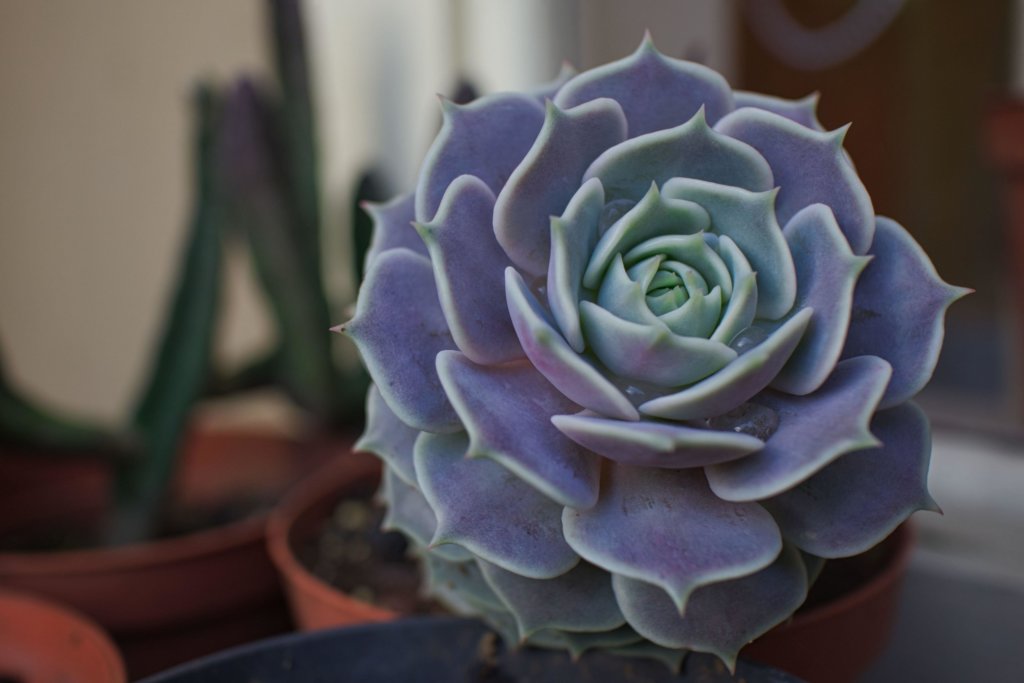
Many succulents display striking geometric patterns that catch the eye, such as spirals and repeating leaf arrangements. These patterns occur due to unique adaptations and may give clues about the plant’s health or environment.
How can I identify succulents with unique geometric patterns?
Look for leaves that form spirals, rosettes, or triangular shapes. Species like Echeveria, Aeonium, and Adromischus cooperi often have these designs. The arrangement of leaves or markings can be symmetrical, with clear lines or repetitive shapes.
Checking the top view of the plant can help make patterns more obvious. Compare your plant to photos or guides to confirm the pattern type.
What are the care tips for succulents displaying the Fibonacci spiral?
Succulents with Fibonacci spiral patterns need bright, indirect sunlight. Make sure the soil drains well to avoid soggy roots.
Water only when the soil is dry to touch. Proper watering and good air circulation are vital to prevent rot, which can damage the plant’s overall health and appearance, including its spiral growth.
Which succulent varieties exhibit the most distinct phyllotaxis arrangements?
Succulents like Echeveria, Sempervivum, and Aloe polyphylla have well-defined leaf spirals that follow mathematical phyllotaxis. Haworthia and Crassula species can also display these patterns.
What are the environmental benefits of succulents with spiral growth patterns?
Spiral growth allows each leaf to get enough sunlight and air flow. This efficient arrangement helps the plant survive harsh, dry conditions.
The shape also reduces water loss by shading lower leaves or trapping moisture near the stem.
Can the presence of geometric patterns in succulents indicate plant health?
Healthy geometric patterns, such as even spirals or rosettes, usually mean the plant is growing well. Gaps, irregular shapes, or faded patterns may point to problems like pests, lack of light, or overwatering.
Regular growth with clear pattern symmetry often reflects proper care and good environmental conditions.
What adaptations lead to the formation of geometric patterns in succulents?
Succulents develop geometric patterns through genetic adaptations to their environment. These patterns help maximize sunlight absorption and reduce water loss.
Some patterns, such as spirals, are the result of growth hormones and the way new leaves form at certain angles. This helps the plant use space efficiently.
